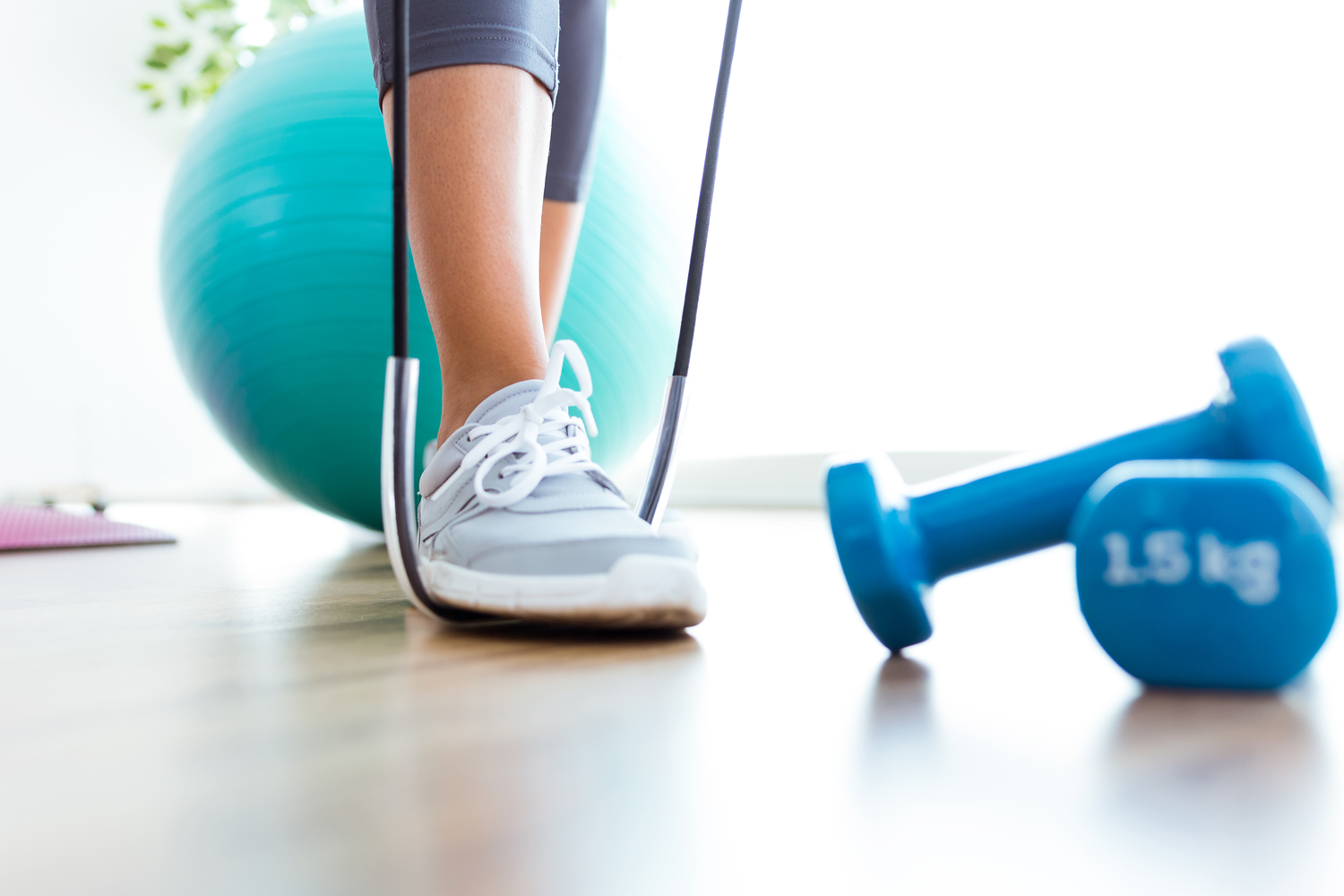Your heart is just like any other organ in your body. It becomes strong when you are active and exercise regularly. You don’t have to be an athlete to strengthen your heart. It’s all about getting 30 minutes of exercise a day. Working out five days a week will make a big difference in your life.
Once you start exercising, you’ll realize how important it is for your body. Some recent studies have shown that people who don’t work out are twice more likely to develop heart-related problems than those who are regularly active.
Related: How to Improve Heart Health
How Can You Strengthen Your Heart By Exercising?
Your heart can’t get stronger on its own. The physiology around the heart improves its function, making it more efficient, and the blood vessels become more robust and flexible. When the blood vessels are more flexible, they become more resistant to the build-up of plaque, which can often contribute to heart problems.
Your heart rate and blood pressure increase to deliver oxygen to your muscles when you exercise. The blood vessels simply respond by enlarging themselves to increase the blood volume it transports to the exercising muscles. After some time, the resting heart rate will slow down because of the effects of physical training.
As you exercise, your heart rate and blood pressure slow down, enabling you to exercise longer before you get tired. Every heartbeat delivers blood to the exercising muscles so that your heart doesn’t work extra hard.

Exercise can help your heart in many ways, such as by:
- Helping you maintain a healthy body weight
- Lowering your blood pressure
- Reducing the risk of developing diabetes
- Reducing inflammation throughout your body
- Increasing high-density lipoprotein (HDL) and good cholesterol to control triglycerides
- Reducing the stress hormone, which can put a lot of burden on the heart
- Improving the ability of your muscles to pull oxygen out of the blood (this also reduces the need for your heart to pump more blood to the muscles).
Exercising comes with a lot of benefits on its own. However, if you want to reap more benefits of exercise, combine it with a healthy diet.
Exercise can help you with losing weight in the long term. However, the best approach to losing weight and making your heart healthy is to cut calories out of your diet and increase the calories you burn through exercise.
Exercise and Heart Rate
Develop a regular exercise routine if you want to keep your heart functioning well. If you want to strengthen your heart, experts recommend exercising at least 30 minutes a day for five days a week.
You can try different exercises for your workout program, but it’s important to note that not all exercises deliver the same results in improving your heart functions. Here are some examples of exercises that you can try to strengthen your heart:
Aerobic exercise
Aerobic exercise raises your heart rate and makes you sweat. It improves blood circulation, lowers your blood pressure, and can also help control your blood sugar level if you have diabetes.
Walking may sound easy for most, and you might not think that it is exercising, but it’s a great way to strengthen your heart. Speed-walking is a great form of aerobic exercise that strengthens your heart. When you walk fast, your heart rate increases, and it is easy on your muscles and joints compared to other workouts.
Try walking to the office instead of driving. If you live too far to walk, park your car a bit further from your workplace to walk to the office. Instead of taking the lift, walk up the stairs to feel your heartbeat increase. Or try going on a short walk during your lunch breaks or going on long walks on the weekend.
Other aerobic exercises you could try are:
- Dancing
- Gardening
- Brisk walking
- Biking
- Swimming
Strength training
Strength training or resistance training is another way to improve your heart functions.
According to the American Heart Association and the CDC, you should participate in strength training at least twice a week on different days to improve your heart's well-being.
Strength training will work all of your muscles, including your back, shoulders, abs, hips, and chest. Some examples of strength training you could try are:
- Squats
- Push-ups
- Weight lifting
- Sit-ups
Try doing strength training in different sets. Ensure that each set consists of 8-12 repetitions. Try doing sit-ups and pushups until your muscles ache and you cannot keep going without help.

Flexibility exercises
Flexibility exercises may not directly benefit your heart. Nevertheless, you can try activities like Yoga, Pilates, and Tai Chi if you want to improve your balance and flexibility. These exercises can also decrease your chances of getting joint aches, cramps, and muscle pain when you work out later.
Unlike other exercises, you can do flexibility exercises at any time and any place. Take a yoga class, warm up as you get ready for a workout, or just do some stretches in your living room. If you are serious about your heart health, you’ll also want to consider your balance and flexibility.
Target Heart Rate for Exercise
The target heart rate is the minimum number of heartbeats over a minute or beats per minute (bpm) that your body needs to reach a level of exertion that is necessary for cardiovascular fitness. Your target heart rate will vary according to your age, level of physical fitness, and biological sex.
According to the American Heart Association, the following are the estimated target heart rates according to age groups:
- 20-29 years 100-170 bpm
- 30-34 years 95-162 bpm
- 35-39 years 93-157 bpm
- 40-44 years 90-153 bpm
- 45-49 years 88-149 bpm
- 50-54 years 85-145 bpm
- 55-59 years 83-140 bpm
- 60-64 years 80-136 bpm
- 65-69 years 78-132 bpm
- 70+ years 75-128 bpm
If you want to keep your heart strong, you must stay active. Make working out a part of your daily routine. With regular exercise, you burn calories which help you regulate your body weight. Working out also lowers your blood pressure, reduces bad cholesterol, and improves your HDL cholesterol.















